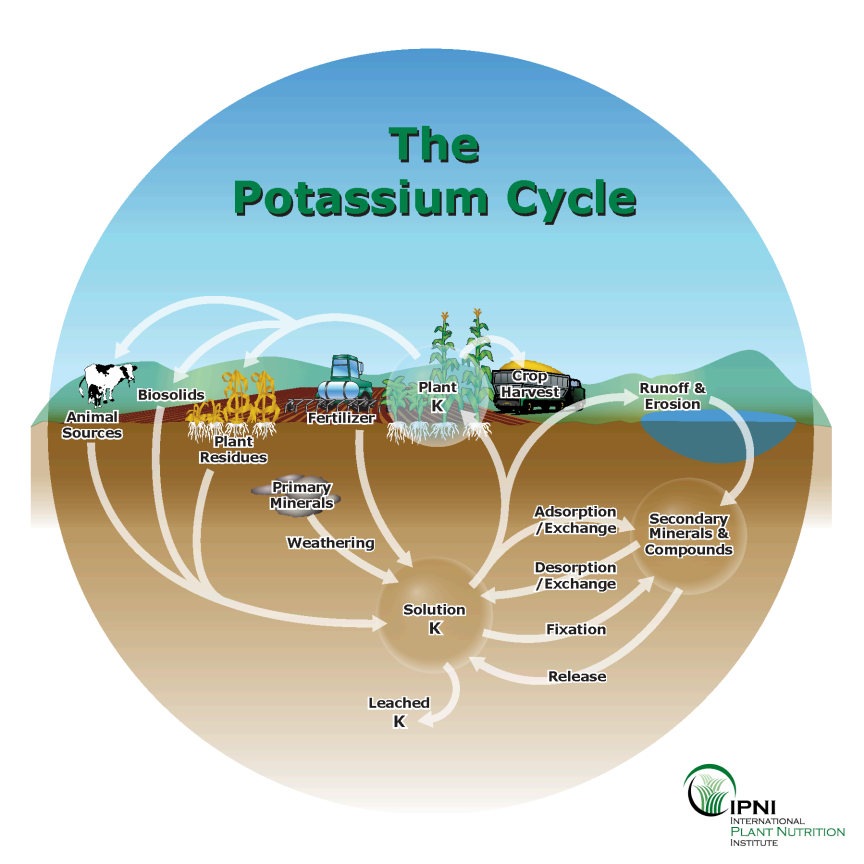I have noticed in the past few weeks that stemphylium leaf spot is showing up in lots of the cotton fields around Evans County. Stemphylium leaf spot is a fungal pathogen caused by a deficiency in potassium that can be brought on by low fertility, drought, or a heavy boll load. Stemphylium usually starts as small brown lesions or spots, but as the spots get larger they can lead to premature defoliation. There is no known treatment for stemphylium at this time.
The role of potassium in plant growth is associated with the movement of water, nutrients, and carbohydrates in plant tissue. The demand for potassium increases substantially when the cotton begins boll set because the bolls need potassium to maintain water pressure for fiber elongation. Dry weather can cause the root system to be unable to obtain potassium from the soil even when the nutrient levels are sufficient. If the plant is not able to pull the proper amount of potassium through the root system, it will start to draw potassium from the leaves, which causes them to be susceptible to the fungus stemphylium.

Hot dry conditions like we had in the month of July can cause problems in irrigated cotton too. During a drought, heavy irrigation is required to meet the crop’s water requirements which can lead to leaching as the dry soils pull the water and potassium down through the soil profile.
It is important to determine if you have stephylium leaf spot or another fungus like target spot. You can make a fungicide application to help control target spot and some other fungal diseases; however, these treatments will not help control stemphylium leaf spot. If you have more questions about stemphylium or other cotton diseases, contact the Evans County Extension Office.


